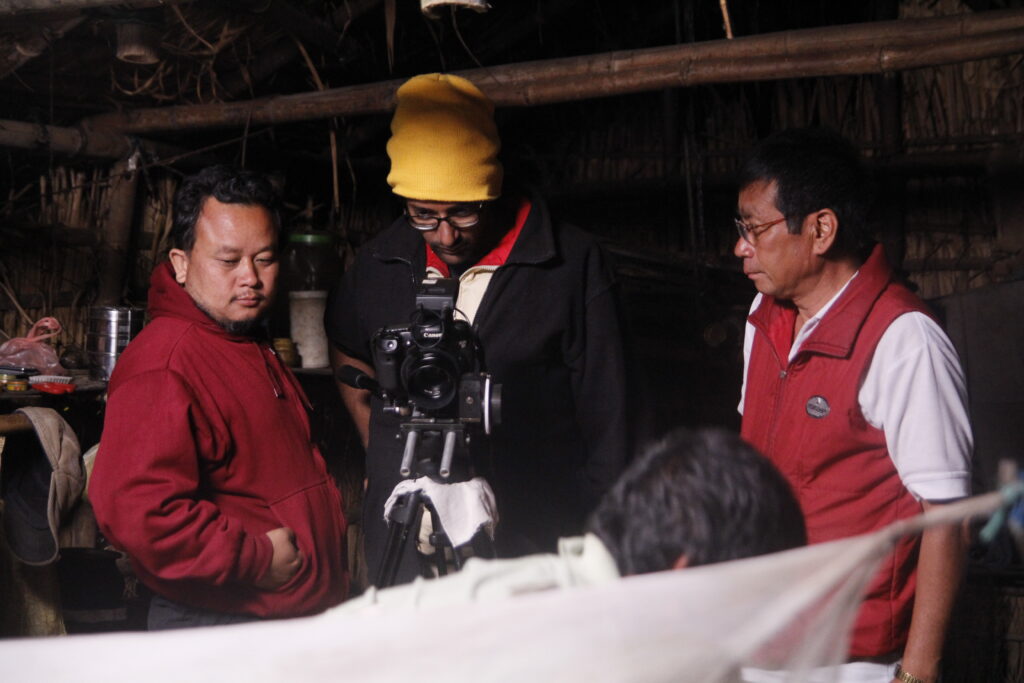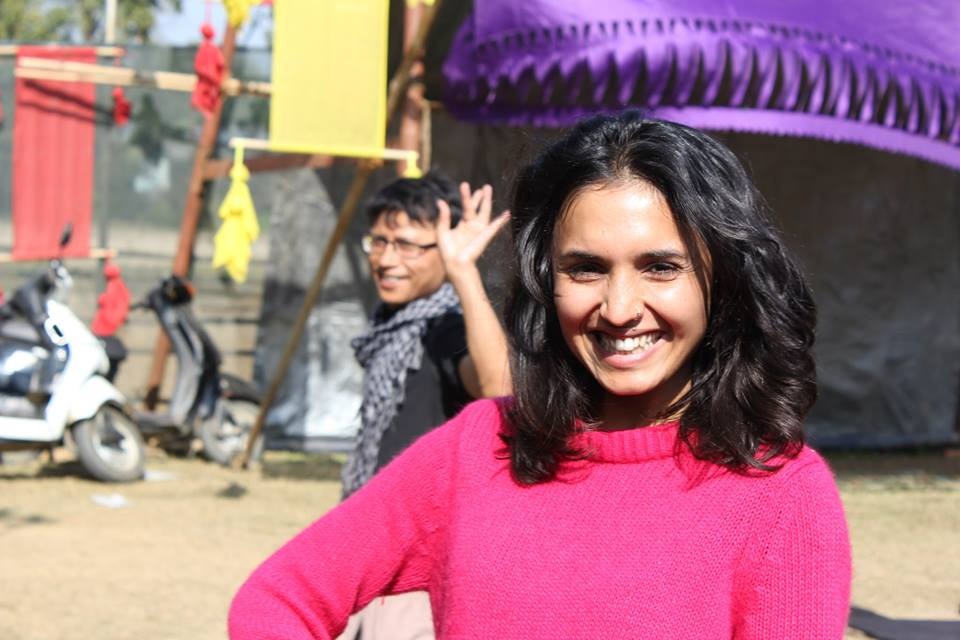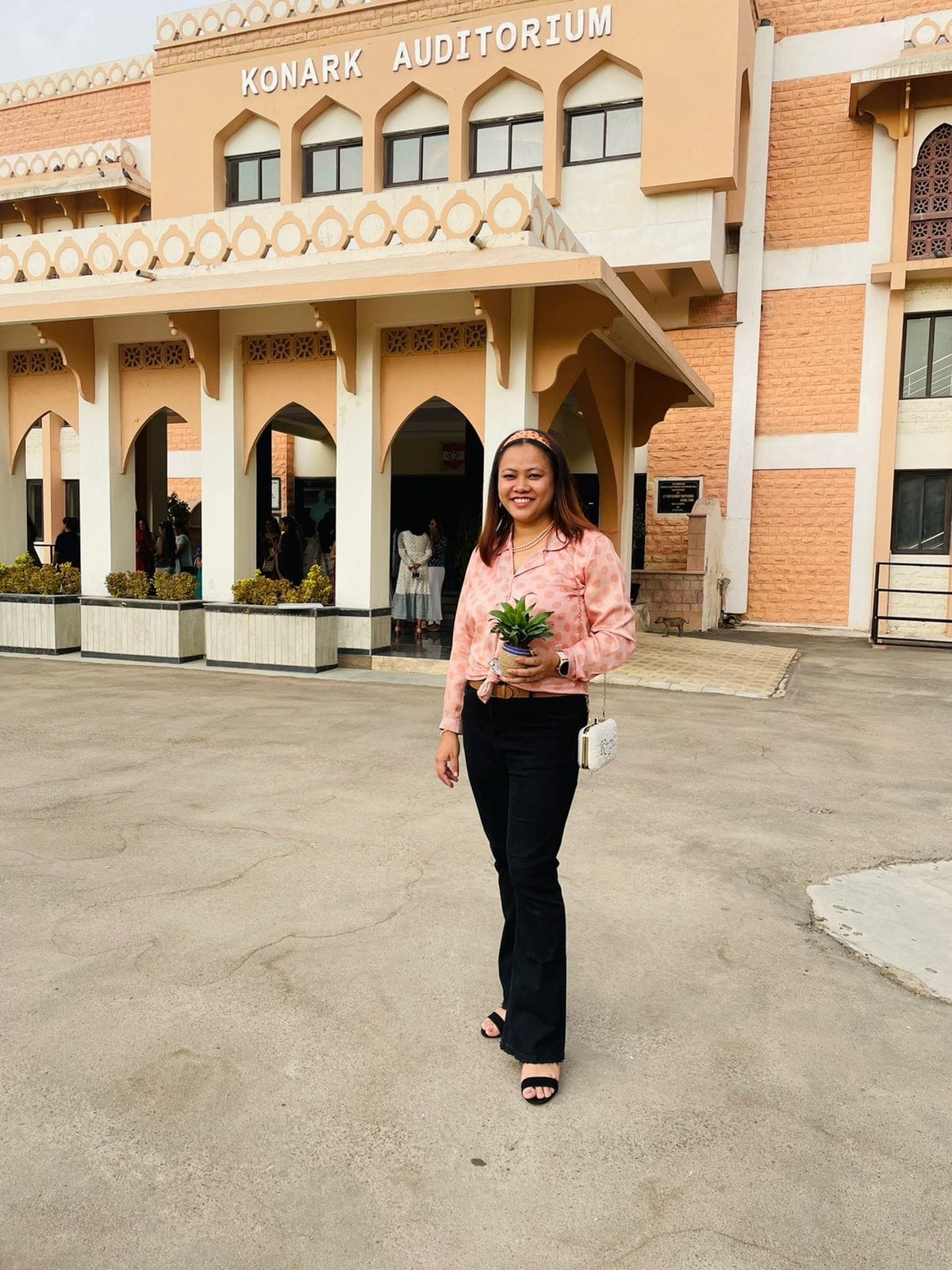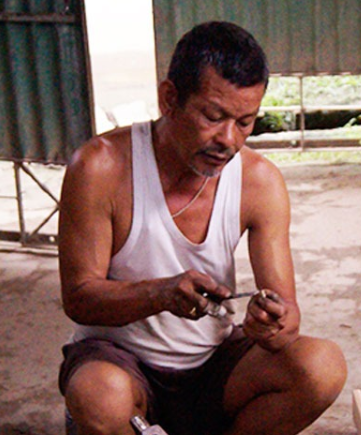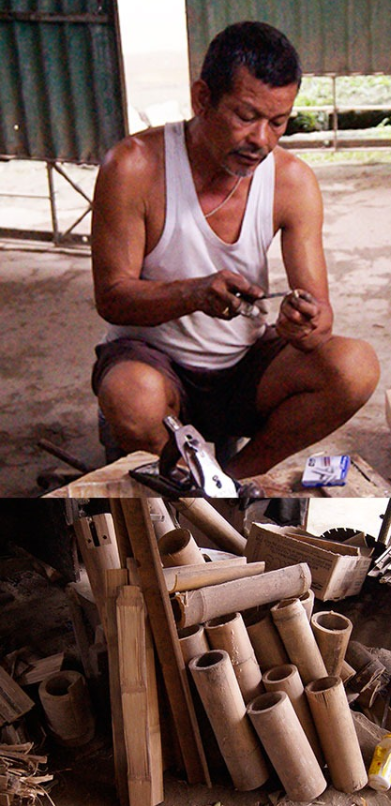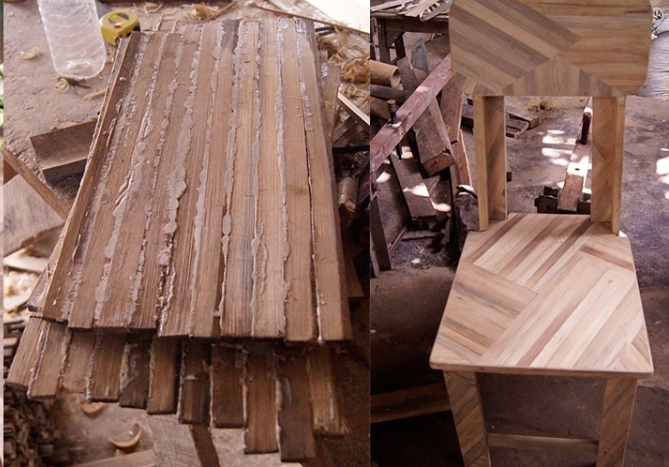By A Romen Kumar Singh 01/07/2023
“You can not teach democracy to the tribal people; you have to learn democratic ways from them. They are the most democratic people from earth. What my people require is not adequate safeguards. They require protection. We do not ask for any special protection. We want to be treated like every Indian” . . .
Jaipal Singh representing tribal said while debating on the preamble to the constitution before the Constitution Assembly.
This might have set the tune for the framers of the Indian Constitution towards the tribal’s mite in the Constitutional Scheme, but definitely the tribal’s constitution, i.e. the Sixth Schedule which is described by Justice M.Hidayatulla as a “mini constitution”.
Status of tribals as first settlers in the country
A Bench of Three Judges of the Supreme Court as reported in SAMATHA V. State of Andhra Pradesh, (1997)8 SCC 191 at page 277 – Para 136 held that tribals are stated to be the first settlers in the country but were gradually pushed back into the forests and hills by subsequent settlers who later came to be known as the plainsmen or people of or from the plains. The forests and hills provided a natural barrier and isolated the tribals from the people living in the plains. On account of their isolation, they remained illiterate, uneducated, unsophisticated, poor and destitute, and developed their own society where they allowed themselves to be governed by their own primitive and customary laws and rituals.
Brief historical background
By a notification under Section 52A(2) of the Government of India Act, 1915-19, the Governor-General in Council declared the following territories in the then province of Assam as backward tracts: (1) The Garo Hills District; (2) The British portions of Khasi & Jaintia Hills District other than the Shillong. Municipality and cantonment; (3) The Mikir Hills; (4) The North Cachar Hills District; (5) The Naga Hills District; (6) The Lushai Hills District; (7) The Sadiya Fronteir Tract; (8) The Balipara Fronteir Tract; (9) The Lakhimpur Fronteir Tract.
However, the British Government desired to limit exclusion of these areas as much as possible and ultimately referred the matter for further examination by the Indian Statutory Commission, 1930, popularly known as Simon Commission. The Simon Commission in its report mentioned that during 1930’s these backward tribal areas extended up to almost 1,20,000 sq. miles with a populace of about 11 million, and were stretched mainly in Bihar, Orissa, Punjab, Burma, Bengal and Assam.
Object of government policy (Primitive or indigenous)
The object of Government policy in relation to these areas inhabited by backward, tribal and aboriginal people was visualised by the Simon Commission. Until then the object had been primarily to give these primitive. Inhabitants Security of land tenure, freedom of pursuit of their traditional means of livelihood, and a reasonable exercise of their ancestral customs have been the primordial necessity of the object. No self-determination or rapid political advancement was considered necessary but an experienced and sympathetic handling and protection from economic subjugation by their neighbours was felt more important for these people.
Perpetual isolation from main stream of progress and development would not be a long term measure.
This Commission also realised that the perpetual isolation from the main stream of progress and development would not be a long-term beneficial measure and that it would be ultimately necessary to make these people educated and self-reliant and drawn to the main stream of development through gradual assimilation with the mainfolk. The Commission, on one hand, considered it too huge a task to be left to the Missionaries and individuals, since for a long term policy of uninterrupted pursuance, coordination of activities an adequate fund would be required, while on the other hand, a typically backward area was considered to be non-productive or non-revenue-earning and deficit area for which no provincial legislature was likely to possess either the will or the means to develop the area without any return. At the same time, it was felt by the commission that it would not be a realistic arrangement if these areas were placed under such a centralised administration that there would be a risk of its separation from the provinces of which the areas were an integral part.
Recommendation of commission
In this backdrop, the commission ultimately recommended that the responsibility of administration of the backward tracts or areas should be entrusted to the Central Government but the Central Government should use the non-political officers of the Governors as agents for the administration of these areas and that depending on the degree of backwardness, it could be prescribed under the appropriate rules how far Governor would act in consultation with his Ministers in charge of his duties as an agent of the Central Government.
Recommendation of the commission not adopted
However, the Simon Commission’s recommendation for centralised administration for all the backward areas were not adopted in the Constitutional reforms of 1935. On the other hand, the Government of India Act, 1935 created three types of special areas. Under the Act, 1935, these backward areas were classified as excluded arreas and partially excluded areas.
The newly created excluded areas, to the extent of about 18,000 square miles in Assam and 10,000 square miles in the provinces of Madras, Bengal, North-West Frontier, Punjab and Assam were placed under the personal rule of the Governor’s in their discretion. The needy created partially excluded areas were placed under the responsibility of a Minister specifically in charge of such areas while the Governor was assigned with certain special responsibility in the administration of these areas only in certain matters in respect of which he had the power to act in his individual judgement and to overrule the Minister’s advice.
No act of the federal or provincial legislature would apply
The Government of India Act, 1935 further provided that no Act of the Federal of Provincial Legislature would apply to any of these areas, but the Governors had the authority to apply any such Act with or without modification as they would consider necessary. In addition to these excluded and partially excluded areas, there were certain “tribal areas” which were defined in Section 311(1) of the Government of India Act, 1935, as “areas along the frontiers of India or in Baluchistan, which are not part of British India or Burma or of any Indian State or of any foreign State”.
The status of these areas was very peculiar, as in terms of the definition they did not form part of the British India; nor the British Parliament or the Legislatures in British India had any direct legislative powers in respect of these areas. Whatever powers were exercisable in respect of these areas, the same in fact originated from some, “treaty, grant, usage, sufferance or otherwise”, and to validate the effect of such treaty etc. the Government of India Act, 1935 contained a specific provision, enabling the Governor-General to act in his discretion in respect of administration of these areas and keeping the same outside the Ministerial responsibilities.
Need for attention of the constituent assembly to these areas. In a statement on 16.5.1946 the Cabinet Mission reiterated the need for special attention of the Constituent Assembly to these excluded and partially excluded areas and tribal areas while drafting the new constitution of India.
An Advisory Committee was planned on Fundamental Rights and Minorities in such manner that it should contain due representation of all the interests likely to be affected, and should advise the Constituent Assembly on framing an appropriate scheme for the administration of tribal and excluded areas.
The Advisory Committee in its meeting on 27.2.1947 set up three sub-committees – one to consider the tribal areas and excluded and partially excluded areas in Assam, another to consider the tribal areas in the North-West Frontier Province and Baluchistan, and a third Sub-Committee to consider the position of excluded and partially excluded areas in the Provinces other than Assam. The Sub-Committee on tribal and excluded and partially excluded areas submitted their report on 28.7.1947, while the other Sub-Committee on the excluded and partially excluded areas in the provinces other than Assam submitted its interim report on 18.8.1947 and final report in September, 1947.
Sixth Schedule in Manipur Read More


